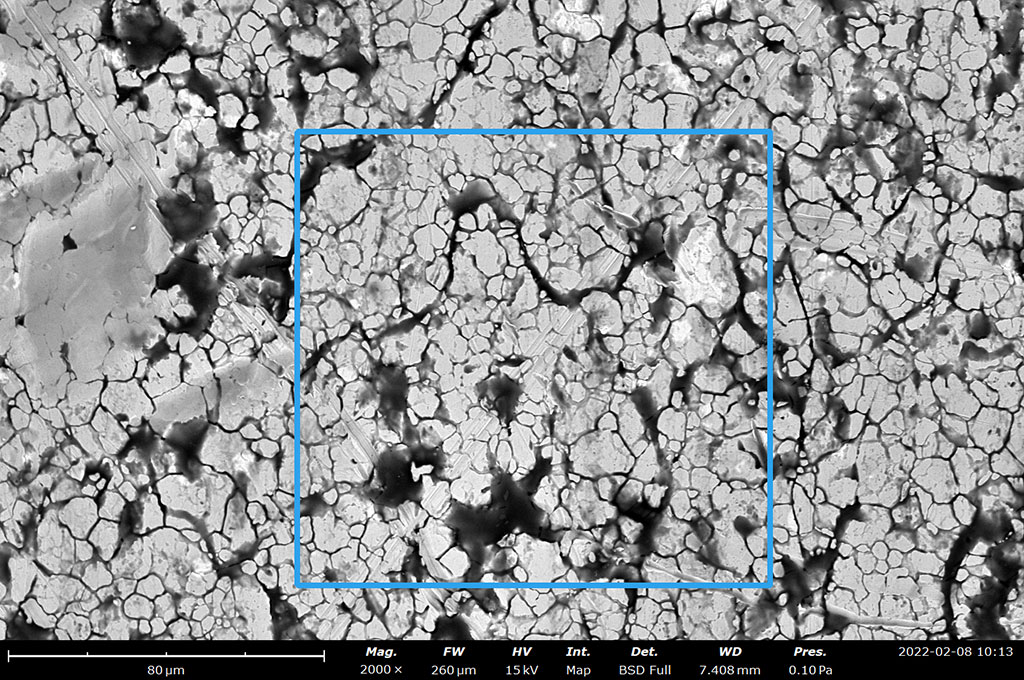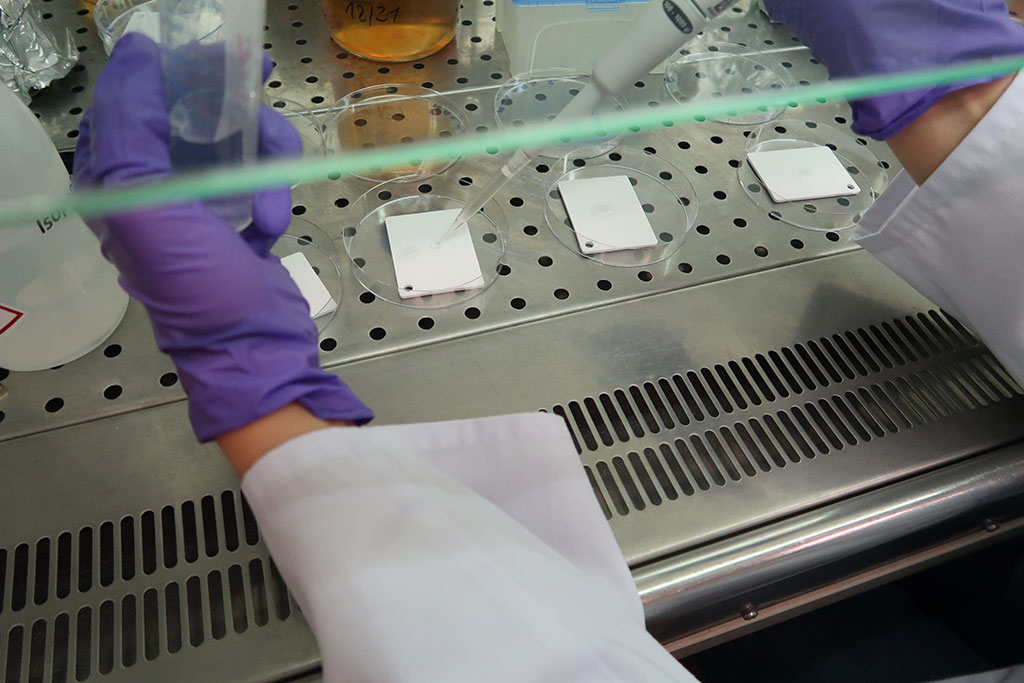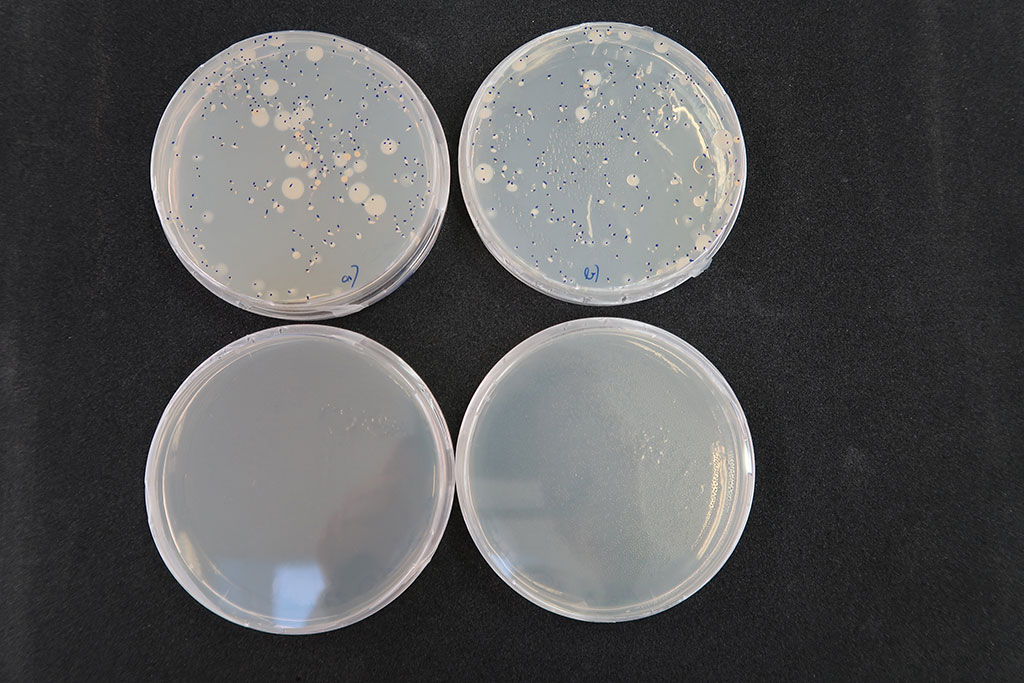Surfaces that are touched frequently and by many different people, such as door handles, grab bars, push buttons or handrails, can favor the transmission of infectious diseases. For this reason, manufacturers also offer such products with an antimicrobial finish. There are standardized test methods for assessing the effectiveness of antimicrobial finishes. The long-term effectiveness of such antimicrobial finishes has not yet been investigated; this is partly due to the fact that no standardized aging procedure exists. As part of a cooperation project with ift Rosenheim funded by the Federal Institute for Research on Building, Urban Affairs and Spatial Development (BBSR), the long-term effectiveness of such antimicrobial finishes is being evaluated under different stress scenarios.
DAMIBO - Studies on the long-term effectiveness of antimicrobial finishes applied to the surface of building elements
Project goals
In the DAMIBO project, time-lapse stress scenarios typically encountered inside buildings (e.g. hospitals, old people's and nursing homes, childcare facilities) and on the exterior of buildings are to be defined and evaluated. The main stresses include abrasion, detergents and disinfectants, UV irradiation, humidity and extreme temperatures. The test specimens are subjected to a selection of these stresses.
After undergoing an artificial aging process, the test specimens are inoculated with bacteria. Then, after a defined contact time, the bacteria are rinsed off and cultured. The number of colony forming units (CFU) indicates the effectiveness of the antimicrobial finish. The antimicrobial activity of aged specimens is compared with that of non-aged specimens. The microbiological studies are complemented by microscopic and X-ray spectroscopic techniques which detect surface changes due to the accelerated aging process.
Current project status
In a first step, antimicrobial activity on materials treated with the finish was compared with that on non-finished materials. All of the finished materials displayed an antimicrobial effect. The non-finished materials showed no antimicrobial effect. Some of the samples have already been subjected to an accelerated aging process that replicates the repeated cleaning of the surfaces, and subsequently subjected to microbiological analysis. Here, no decrease in antimicrobial effect was observed.
Later on in the project, further aging processes will be carried out and their impact on the long-term stability of the antimicrobial effectiveness of the finish will be microbiologically tested.
Project partners
- ift Rosenheim GmbH
- Fraunhofer Institute for Building Physics IBP


